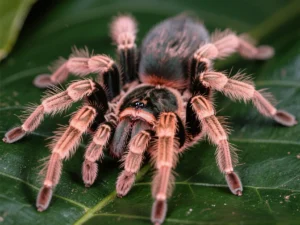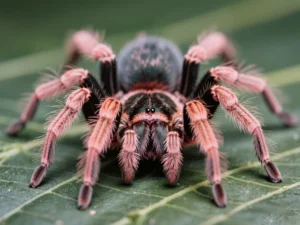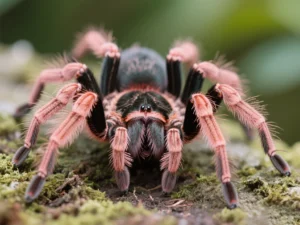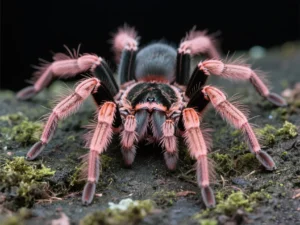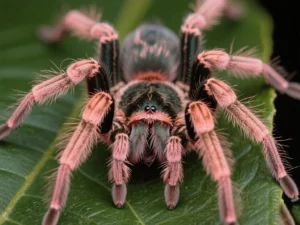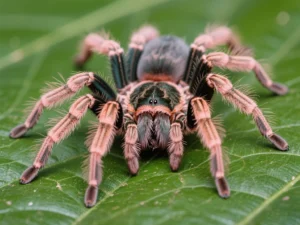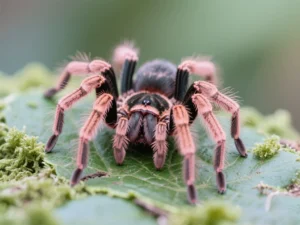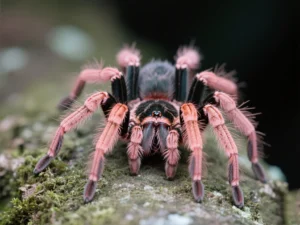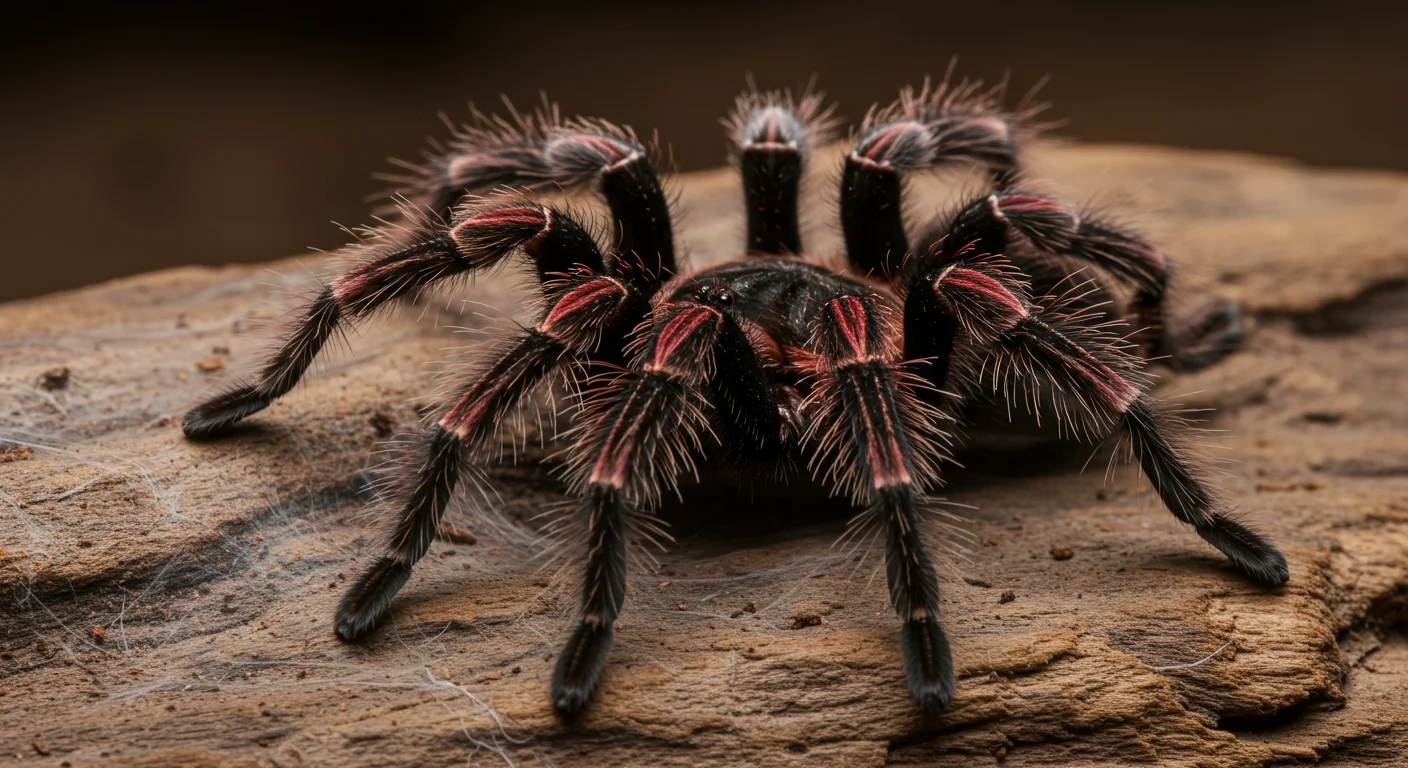
Tarantula Care
How often should I feed my Antilles pinktoe tarantula?
Proper feeding is essential for the health and growth of your Antilles pinktoe tarantula (Caribena versicolor). Unlike mammals, tarantulas have slow metabolisms and don’t need to eat daily. Feeding frequency primarily depends on the tarantula’s age and size.
Feeding Frequency by Age
Tarantulas require more frequent meals when they are young and growing rapidly, and less frequent meals as they approach and reach adulthood.
| Age/Size Category | Typical Feeding Frequency |
|---|---|
| Spiderlings (Slings) (Under 1-1.5 inches leg span) |
Every 2-4 days |
| Juveniles (Approx. 1.5 – 3 inches leg span) |
Every 4-7 days |
| Sub-adults / Adults (Over 3 inches leg span) |
Every 7-14 days |
These are general guidelines. Observe your tarantula’s abdomen size – a plump, rounded abdomen indicates it’s well-fed. If the abdomen looks shrunken, you might need to feed slightly more often. Conversely, a very large, swollen abdomen might mean you can wait longer between meals.
Prey Type and Size
Antilles pinktoes are insectivores. A varied diet is best for providing balanced nutrition.
- Suitable Prey: Crickets, roaches (like Dubia, Red Runner, or Discoid), mealworms (sparingly due to fat content), and locusts are good choices.
- Prey Size: A key rule is to offer prey items no larger than the length of the tarantula’s body (carapace + abdomen). For spiderlings, this might mean pre-killed prey or very small feeders like fruit flies or pinhead crickets.
- Gut-loading: Ensure feeder insects are well-fed (“gut-loaded”) with nutritious food like oats, vegetables, or commercial insect food for 24-48 hours before offering them to your tarantula. This passes nutrients to your spider.
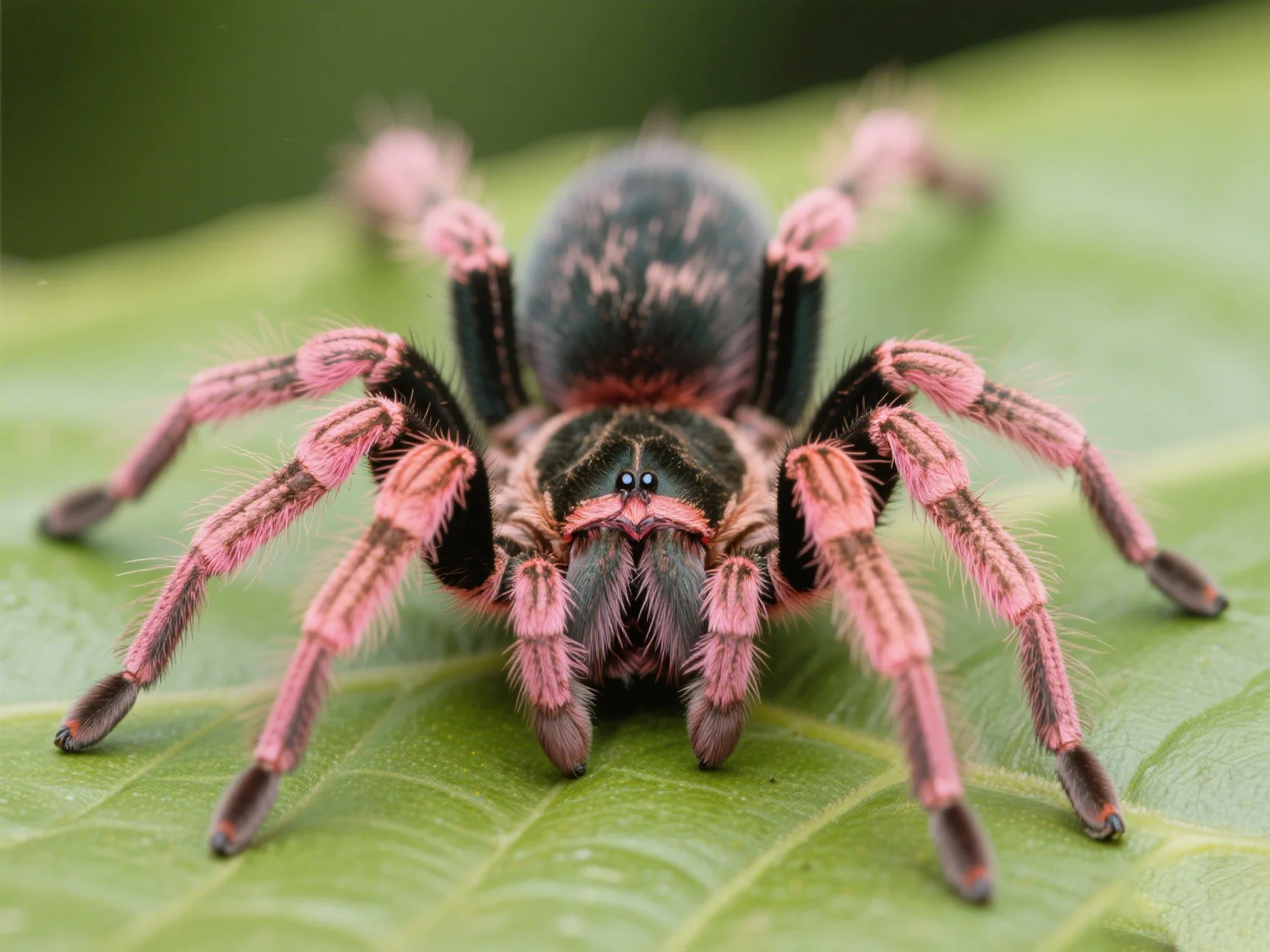
The Feeding Process
- Offer live prey using tongs, dropping it gently into the enclosure near the tarantula.
- Observe if the tarantula shows interest and captures the prey.
- If the prey is not eaten within 24 hours, remove it. Uneaten prey can stress or even harm a tarantula, especially during molting.
- Never leave multiple live crickets unattended, as they can potentially chew on a molting or vulnerable tarantula.
Developing a consistent [Antilles pinktoe tarantula feeding schedule](https://www.lopehare.com/tarantula-pet-care/) based on its age and condition is crucial for long-term health.
Important Feeding Notes
- Pre-molt: Tarantulas will often refuse food for days or weeks leading up to a molt. They may appear darker in color and become lethargic. Do not offer food during this period and remove any uneaten prey immediately.
- Post-molt: Wait at least 5-7 days for spiderlings/juveniles and 10-14 days for adults after a molt before offering food again. Their fangs need time to harden.
- Water: Always provide access to fresh water in a shallow dish, especially for juveniles and adults. Spiderlings often get sufficient hydration from misting and their food.
Overfeeding Risk: While less common than underfeeding, consistent overfeeding can potentially lead to health issues or increase the risk of injury from falls due to excessive weight.
By paying attention to your tarantula’s age, abdomen size, and behavior (especially around molting periods), you can establish an appropriate feeding routine that supports its health and vitality.
Feeding guidelines adapted from common practices in tarantula husbandry resources and forums like Arachnoboards (Arachnoboards.com).
